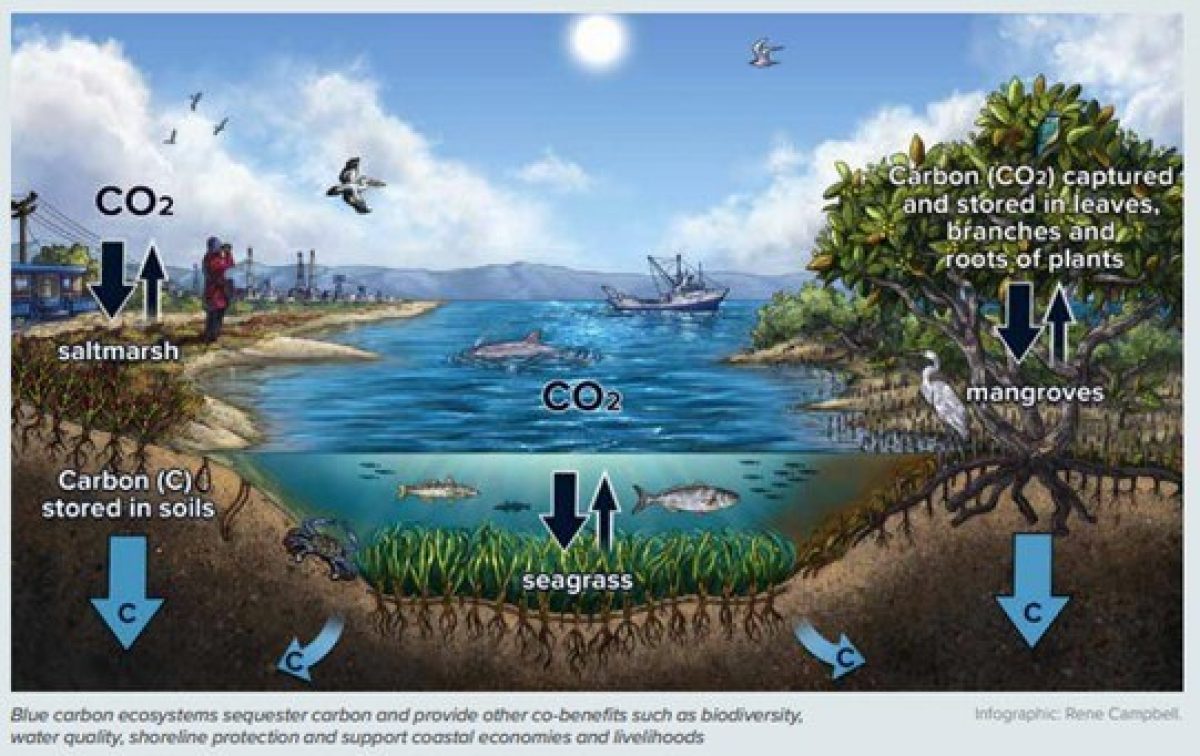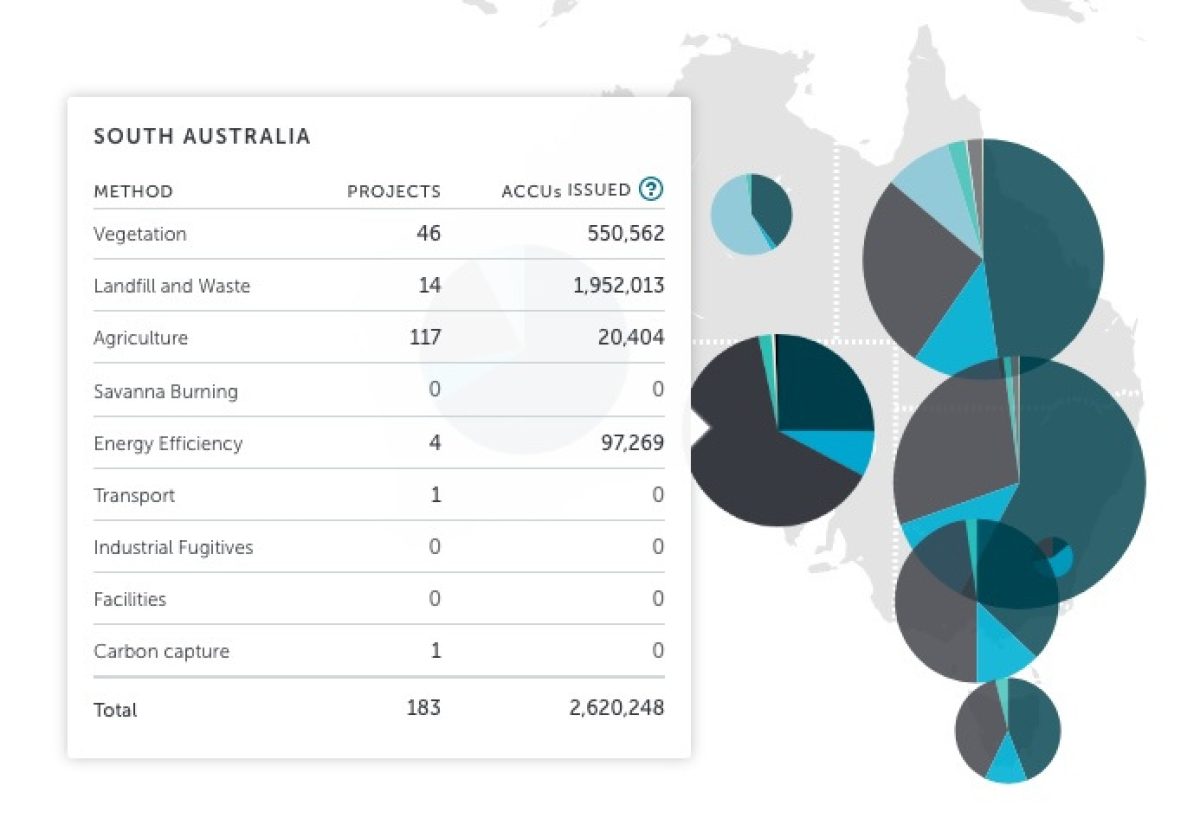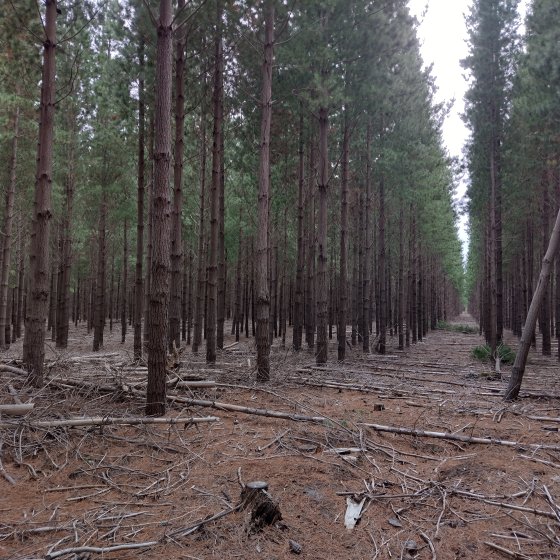- Home
- Environmental Themes
- Climate
- Responding to Climate Change
- Carbon Capture and Storage
Carbon Capture and Storage
- As a large contributor of greenhouse gas emissions, mining companies are being encouraged to decarbonise their operations. Also, the Department for Energy and Mining has been working with the EPA on the implementation of a carbon capture and storage project proposed by Santos. This project aims to permanently store carbon dioxide in the depleted oil and gas geological formations of the Cooper Basin. There are 1.7 million tonnes per annum (Mtpa) of carbon dioxide currently vented from the Moomba gas processing plant. Santos has indicated capacity to store >20 Mtpa of carbon dioxide via the Moomba carbon capture and storage (CCS) system as the project matures into a CCS service for domestic and international third parties. There is also the future potential to store the equivalent of almost 4% of national carbon emissions in suitable geological formations within the Cooper Basin for other industrial players, making an even greater contribution to Australia’s emissions reduction targets.
- Primary Industry and Regions SA, in collaboration with the Department for Environment and Water, has developed a Carbon Farming Roadmap for South Australia, which identifies key strategies and actions to support carbon farming. This includes:
- developing policies and regulation to support carbon farming
- progressing research, innovation and market development
- building knowledge and skills
- engaging, collaborating and partnering between stakeholders.
- A Guide to Carbon Planting in South Australia provides information to help guide decision-making for landscape-scale plantings for sequestering carbon that can be used as carbon credits.
- Green space needs to be improved, restored or maintained within urban and peri-urban areas, native vegetation clearance for urban development needs to be minimised and tree clearing for fire hazard reduction needs to be in accordance with regulated limits. This will help maintain or increase the capture and storage of carbon from the atmosphere.
- The Goyder Institute is undertaking research and monitoring to investigate carbon sequestration particularly in coastal habitats. This information can be used to identify opportunities to improve carbon sequestration and identify carbon offset opportunities by protecting and restoring coastal habitats.
- Blue carbon refers to carbon that is stored and sequestered in coastal ecosystems including seagrass meadows, saltmarshes and mangroves. Blue carbon ecosystems can store up to four times as much carbon per area as land-based forests, so they are an important source of carbon capture. The South Australian Government has developed a Blue Carbon Strategy to investigate and implement blue carbon initiatives. We need to protect and restore our marine ecosystems and minimise the loss of seagrass, saltmarshes, reefs, wetlands and mangroves to ensure these ecosystems have the capacity to capture carbon from the atmosphere. This will need to involve restoration projects or increasing the protection of our marine environment from harm to maintain healthy marine habitats and biodiversity.

Check out
View this video on the importance of Blue Carbon
- The Australian Carbon Credit Unit Scheme provides incentives for organisations and individuals to reduce emissions or store carbon. There are currently 156 projects undertaken in South Australia compared with 1,585 projects nationally, accounting for the removal of around 130 million tonnes tCO2-e of greenhouse gas emissions. This scheme was reviewed in 2022 to help achieve Australia’s emissions reduction targets of 43% from 2005 levels by 2030 and achieving net zero by 2050.

